How To Save A Neglected Black Sourdough Starter Missouri Girl Home
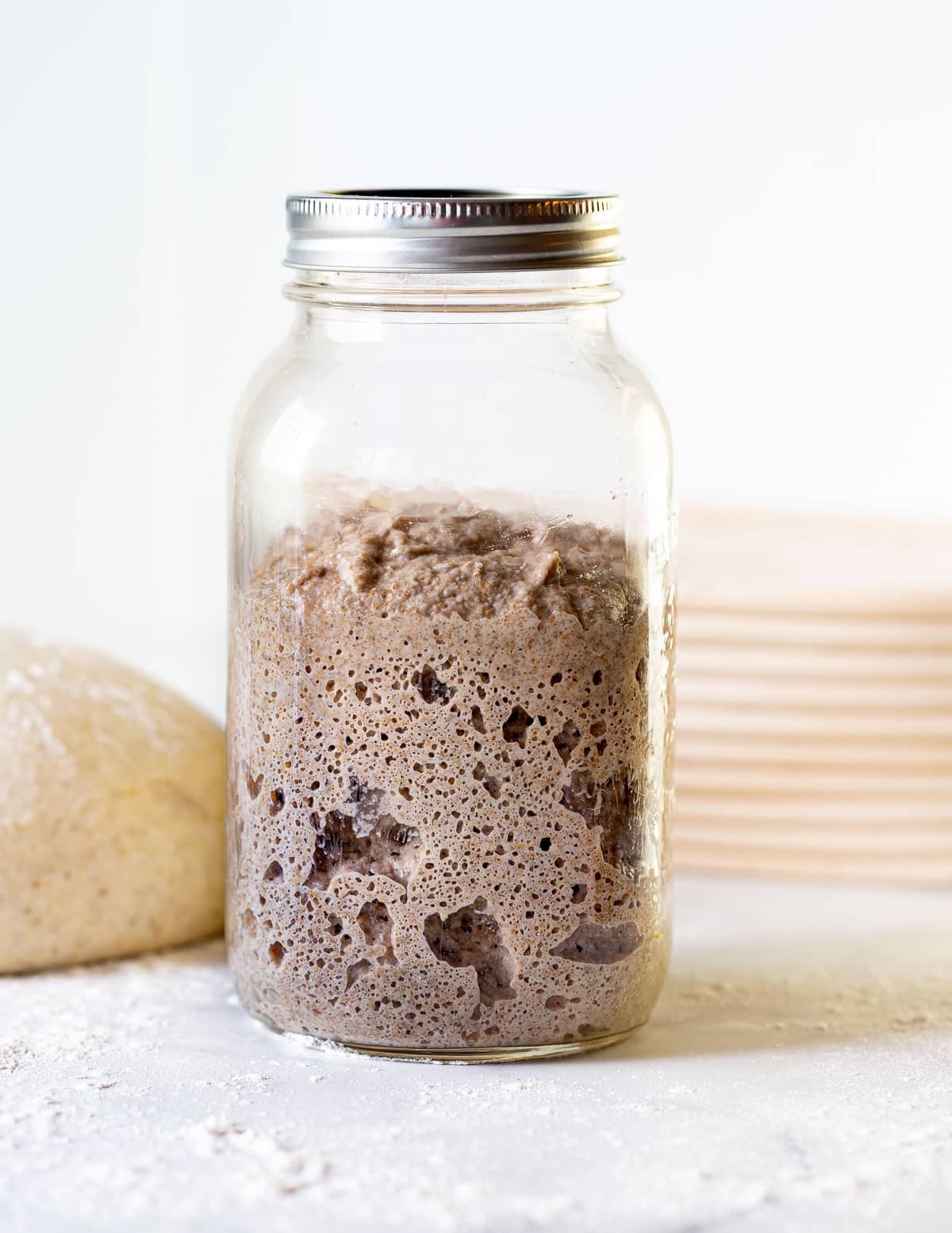
Sourdough Starter Super easy with no discard! A Virtual Vegan
Sourdough starter troubleshooting: points to remember. Well-maintained mature sourdough starters are extremely hardy and resistant to invaders. It's pretty darn hard to kill them. Throw out your starter and start over if it shows visible signs of mold, or an orange or pink tint/streak.

Pin on recipes
Firstly, try to feed your starter more often i.e., once per day. Secondly, store your starter at an appropriate temperature. The main thing that causes the bacteria to become more active and hungrier is the heat. The average temperature your sourdough starter should be stored is 75 ° F. If you store your starter at a higher temperature, then.

Is this mold on my sourdough? ( The Fresh Loaf
Unusual Smells: If the smell is vinegary, it might need more frequent feedings; for other smells, consider adjusting feeding ratios or using filtered water. Mold Growth: Remove the affected portion and feed the starter regularly; ensure cleanliness of utensils and container.
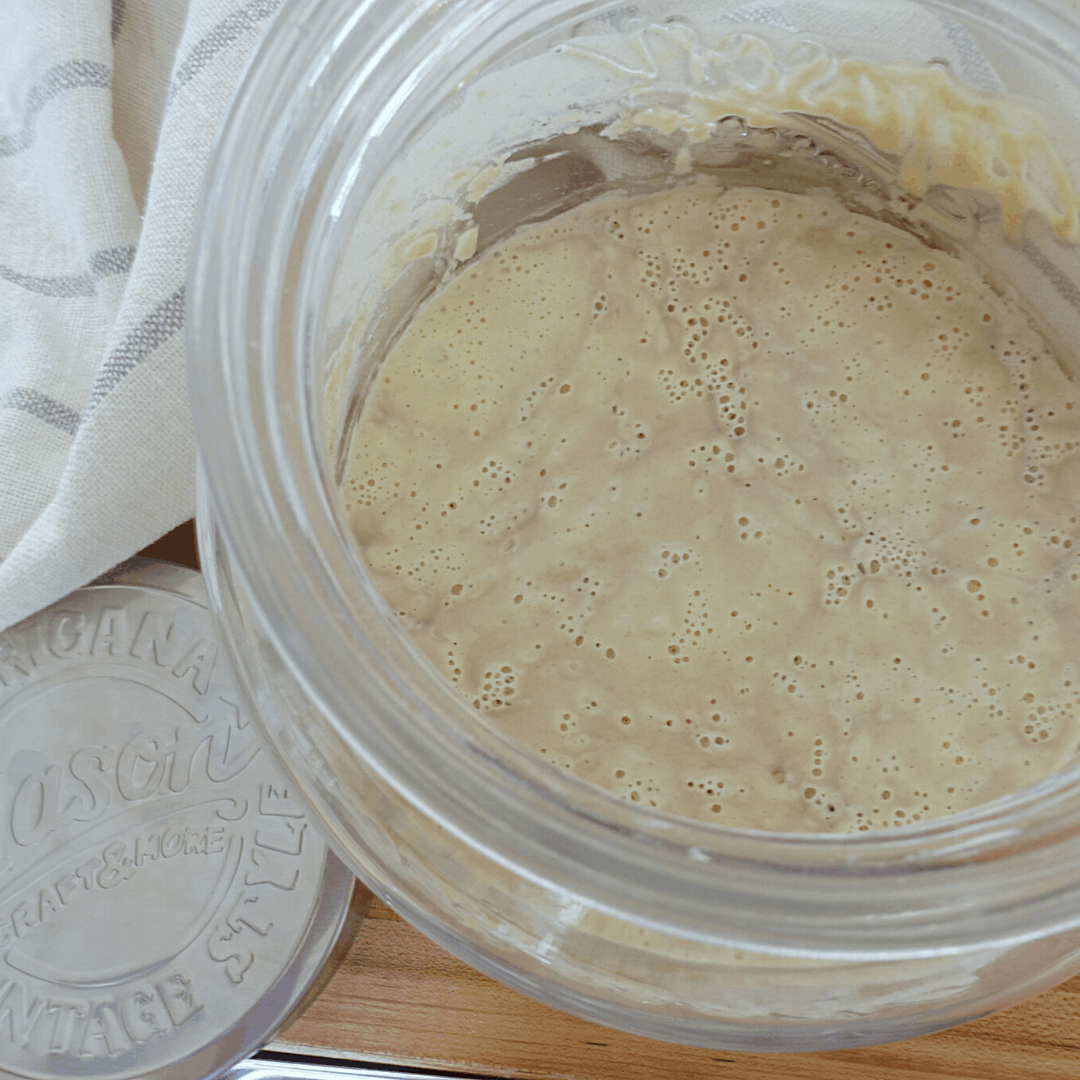
Bad Sourdough Starter How to Revive It Healthfully Rooted Home
In most cases, it should never smell extremely vinegary-like nail polish remover and gym socks. Remember, you are lucky enough to have a sourdough starter that still smells fresh. Even so, you can sense that it is yeasty and fruity. Also, do not forget that a live fermented culture of water and flour is a sourdough starter.

Is My Sourdough Starter Bad? How to Revive Old Inactive Starter
My sourdough starter smells like old gym socks - why? In the first few weeks, as the bacteria and yeast colonies are establishing themselves, your starter may smell really, really bad. And I'm not just talking a little whiffy. You might find it smells anything from old gym socks, to vomit to pretty much anything in between..
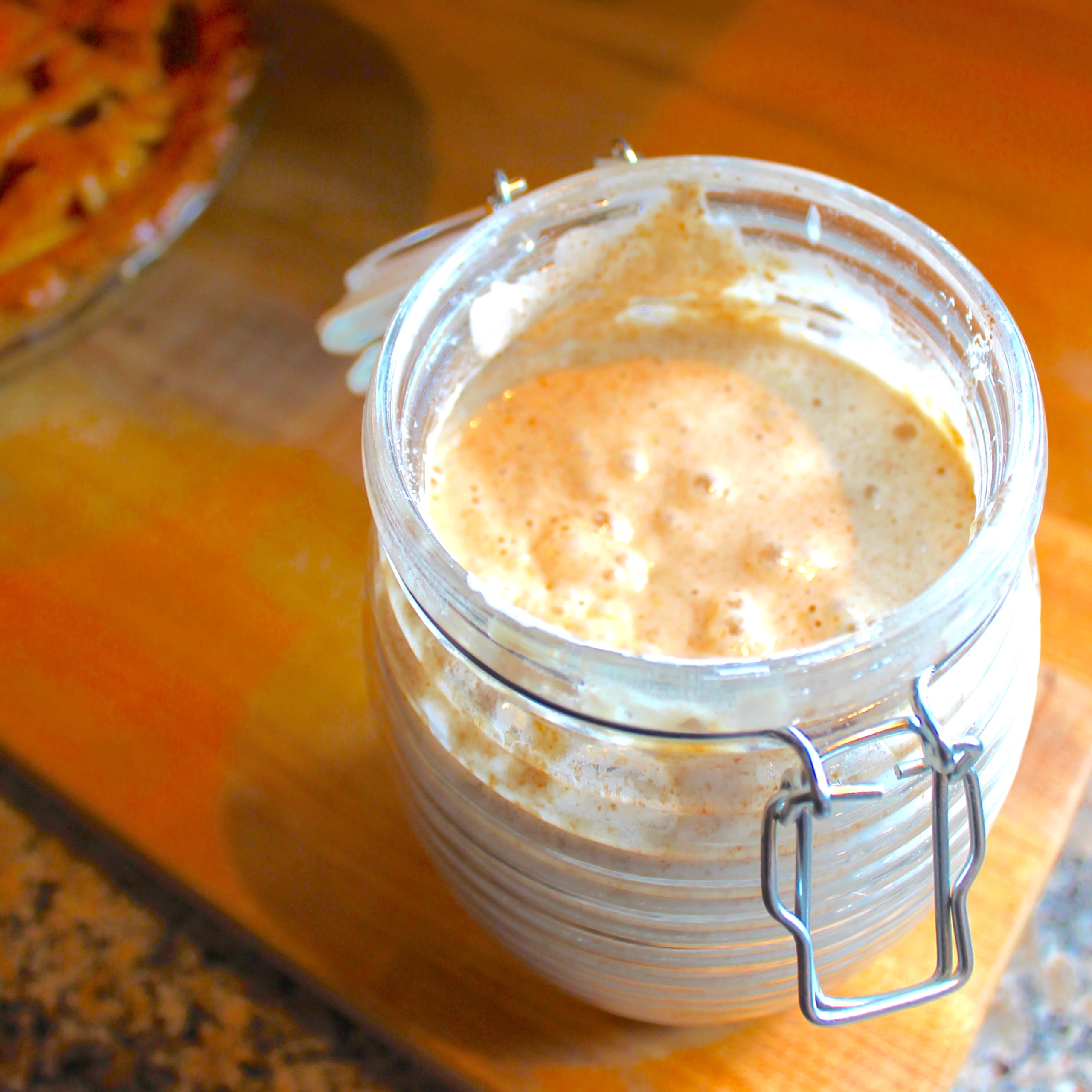
Common Questions for Sourdough Starters
Let's explore why this happens and what it signifies. An overwhelming acidic smell in a sourdough starter indicates high acid production, often due to infrequent feedings or warm temperatures. While it can enhance bread's tangy flavor, excessive acidity may weaken gluten structure, affecting bread texture.
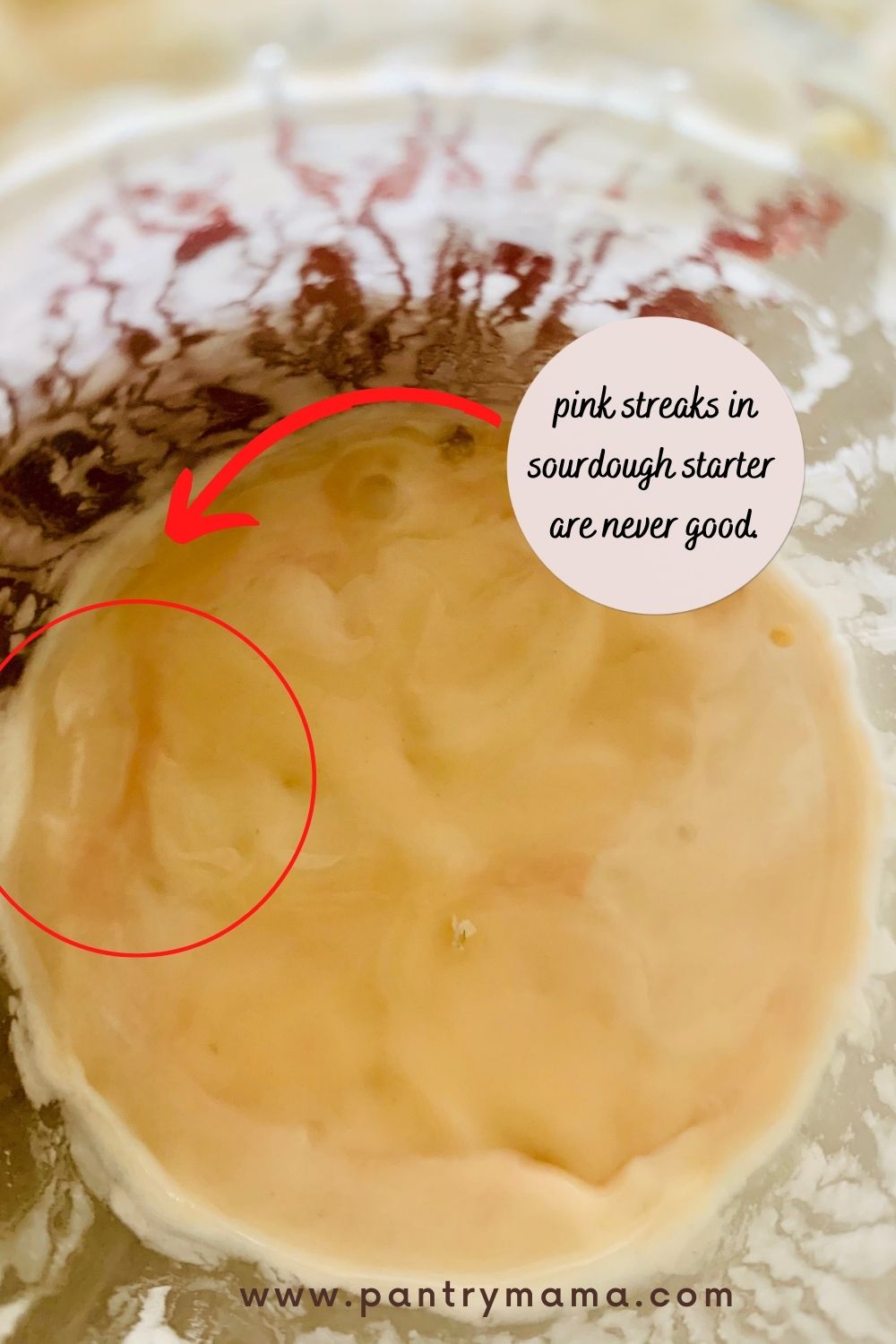
Have I Killed My Sourdough Starter? The Pantry Mama
Take your own sourdough starter that is at 100% hydration. In a clean jar, place a small amount of sourdough starter. Then double the amount to feed to the sourdough starter. Pour water into the mixture. Stir the mixture well, then cover and leave to sit at room temperature. Repeat this 3-4 times, and you should notice a change in the smell of.

Sourdough Starter Troubleshooting Buttered Side Up
Discoloration can indicate a problem with the starter, but it's not always a sign of a bad one. A thin layer of hooch (liquid) on top of the starter is normal and can be stirred back in. However, if the starter shows signs of orange, pink, or green, it could be a sign of contamination and should be immediately discarded.
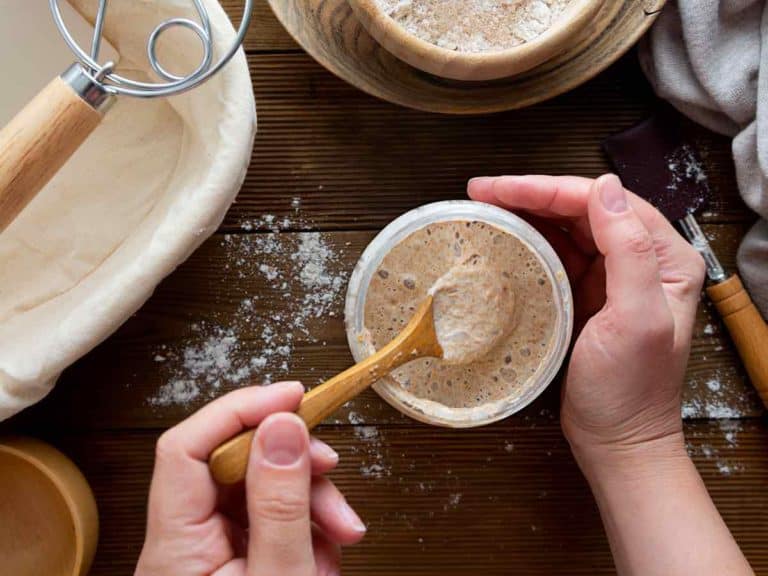
Sourdough Starter Smells Like Vinegar? Here’s What To Do! Food & Wine
Step 1: Assess the Overall Condition. Evaluate the intensity of the acetone smell and check for any other signs of spoilage, such as unusual colors, mold, or sliminess. If the starter appears unhealthy or exhibits severe signs of spoilage, it's best to discard it and start fresh.

When your sourdough starter goes bad Burnt My Fingers
Add double the amount of feed to the sourdough starter. Pour a lot of water into the mixture. Stir the mixture properly, cover the jar and leave it. Repeat the process around 3-4 times, and after a week, you will notice the change in the scent of the starter. In your sourdough starter, both yeast and bacteria are present.
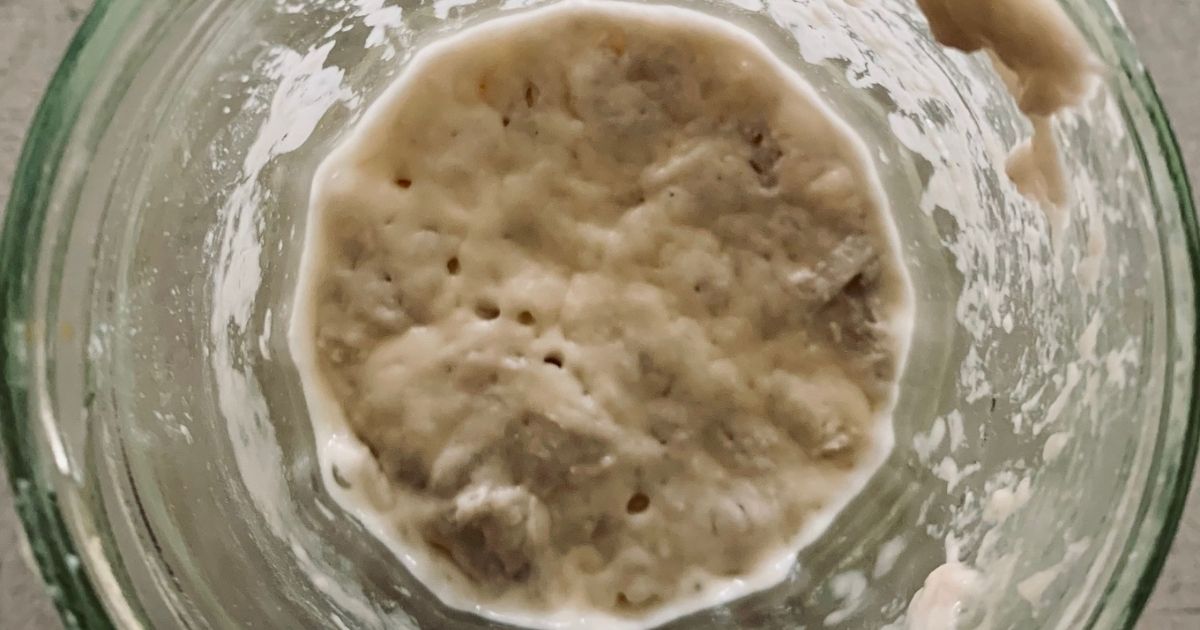
What Does Mold on Sourdough Starter Look Like? Easy Guide.
As your sourdough starter matures, the balance of bacteria shifts, and different strains of bacteria become more dominant. This can cause your sourdough starter to smell differently over time. If your sourdough starter smells bad, it may be because there is too much lactic acid present. To fix this, you can add a bit of flour to your starter to.

EASY SOURDOUGH STARTER StepByStep Tutorial YouTube
1. Feed Your Starter. Often, a bad smell is simply a sign that your starter is hungry. Regular feedings can help restore the balance of yeast and bacteria and eliminate the bad smell. Remember to discard a portion of your starter before each feeding to keep the population of microorganisms manageable. 2.
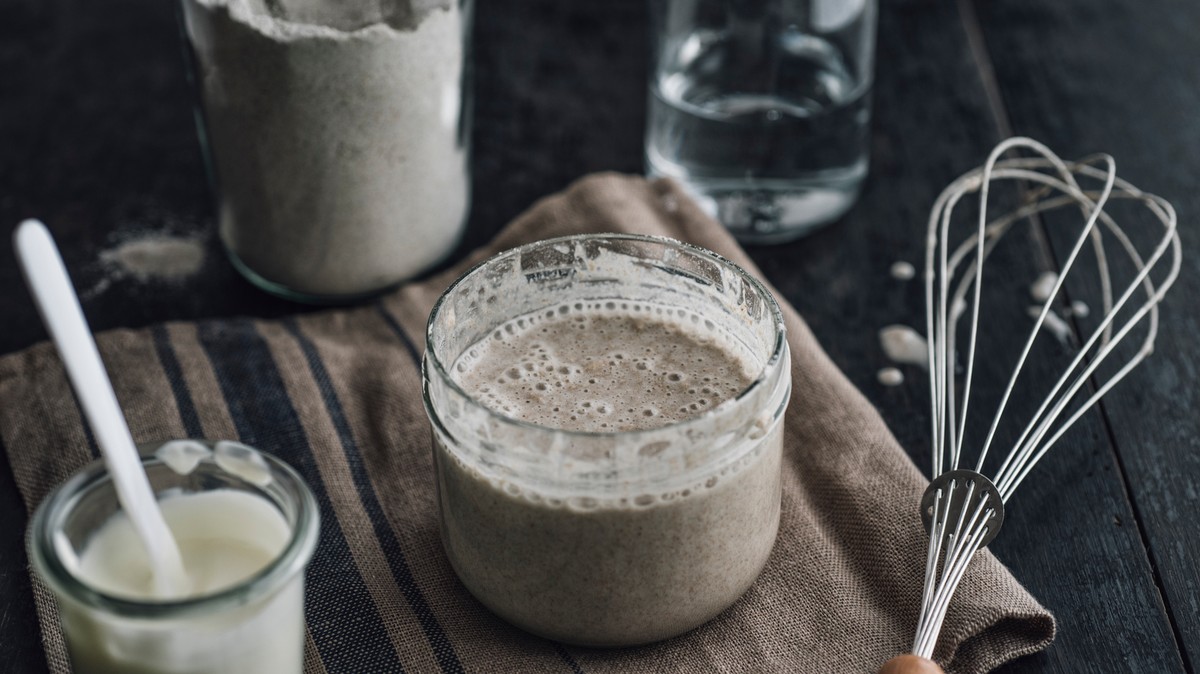
Researchers Want to Know What Your Sourdough Starter Smells Like
And the reason for this is that most starters tend to have a powerful and slightly unpleasant smell. A healthy sourdough starter will develop a wide range of pungent smells, ranging from sweet, to vinegar-like, to nail polish. This smell is caused by the acid produced by the bacteria that live in the starter.
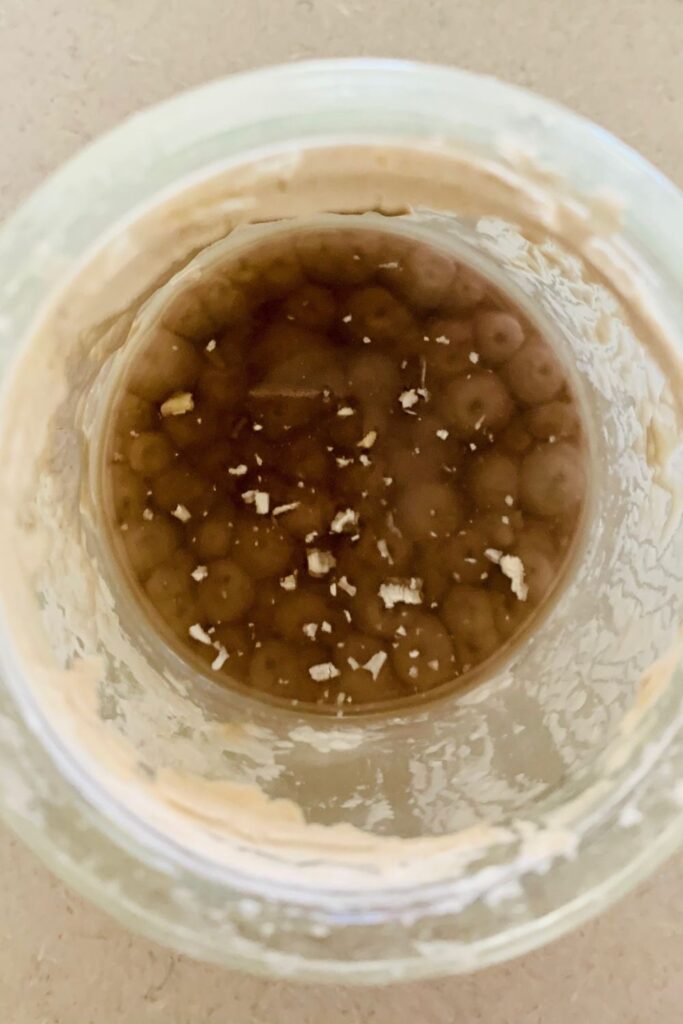
Moldy Sourdough Starter [with photos of bad sourdough starter] The
Most commonly, the issue here has to do with temperature ( which is very important ). If your sourdough starter is kept at a low temp, even 70°F (21°C), it will slow fermentation activity and appear to be sluggish, taking longer to rise and progress through the typical signs of fermentation. The solution: keep it warm.

Sourdough Starter Day 47 What it will look like when it isn't fed
Sourdough starters can develop a wide range of smells, the most common one being that of alcohol. The smell is caused by the acid produced by the bacteria living in the starter. When the bacteria have consumed all the sugar in the starter the smell will intensify. For new sourdough bakers this might be a little too much information at once, so.
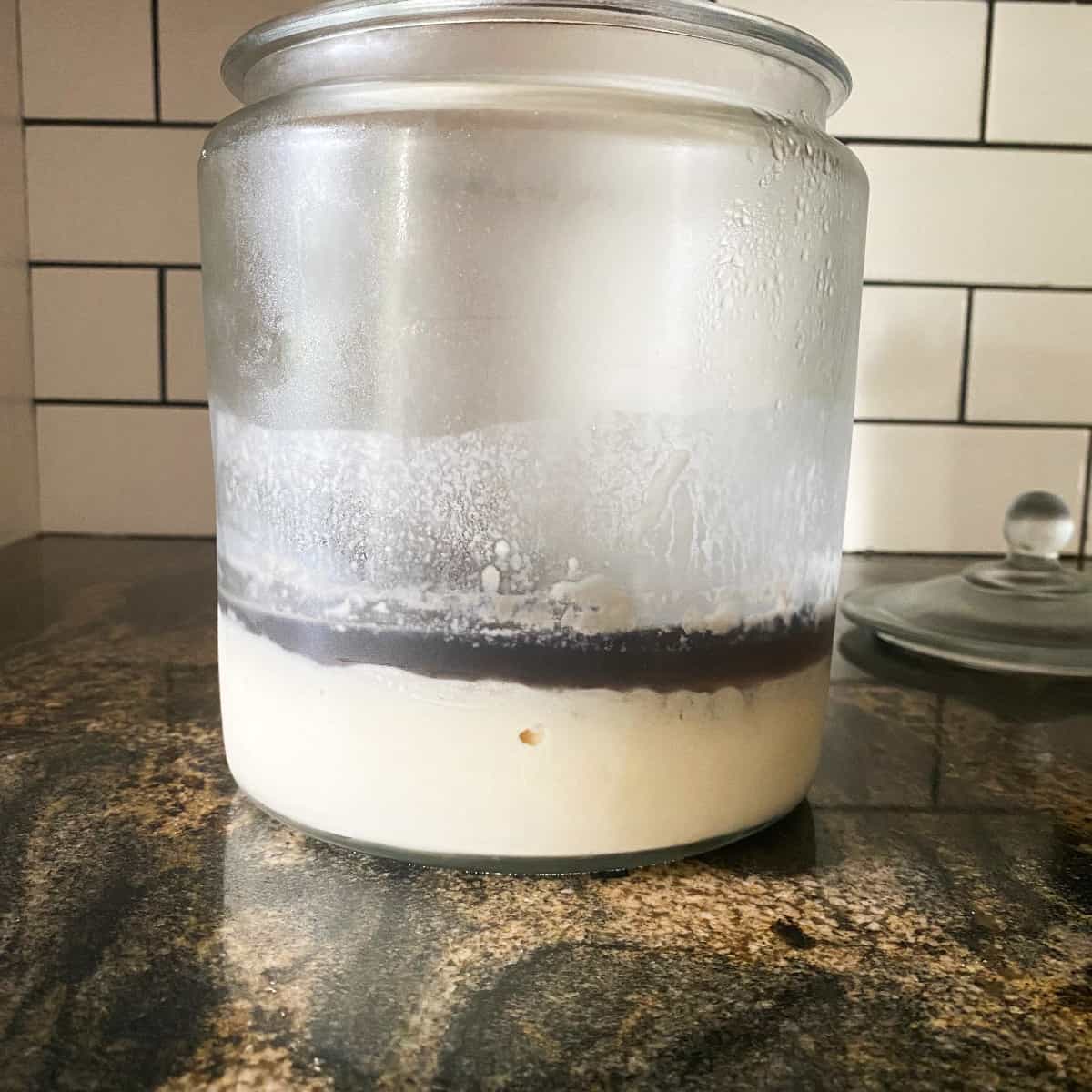
How To Save A Neglected Black Sourdough Starter Missouri Girl Home
Yes, it is safe to use a sourdough starter that smells like cheese. While the smell may be strong and off-putting, it's not harmful. The Leuconostoc mesenteroides bacteria responsible for the cheese-like smell is a natural part of the fermentation process in the sourdough starter. "I like cheese and pickles.